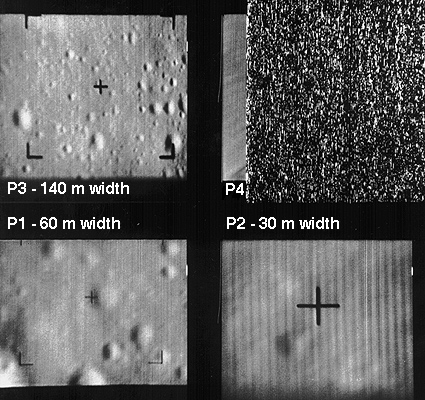Difference between revisions of "February 17, 2015"
(Created page with "__NOTOC__ =Prelude to Apollo - Ranger 8= Originally published February 17, 2004 <!-- Start of content --> <table width="640" border="0" align="center" cellpadding="6" cellspa...") |
(No difference)
|
Latest revision as of 00:04, 17 February 2015
Prelude to Apollo - Ranger 8
Originally published February 17, 2004
Image Credit: Ranger 8, P020 |
|
Prelude to Apollo - Ranger 8 Today is the 39th anniversary of the launch of the Ranger 8 spacecraft. The Ranger series was designed to obtain the first high resolution images of the lunar surface to help plan for Surveyor and Apollo landings. Indeed, the Rangers provided the first ever US images of the Moon from space, and the 2nd ever, following the Soviet Luna 3 farside images of 1959. Ranger 7 was the first of the Ranger series to work, and Ranger 8 demonstrated that that success was not a fluke - the US had finally learned to fly space missions. Ranger carried multiple cameras which took pictures and radioed them to Earth in sequence - the upper right frame was being transmitted when Ranger 8 smashed into the Moon - noise replaces the picture. Although 7,137 images were acquired as Ranger 8 plummeted towards destruction on Mare Tranquillitatis, the last few images were most important for they showed that craters existed at all scales - landing a spacecraft could be precarious. During the Ranger program I was a student worker at the Lunar & Planetary Lab, whose director was Gerard Kuiper, the Principal Investigator for Ranger. It was thrilling to see each Ranger's series of photographs start with familiar wide angle view and end with never before seen details. It was clear, the work of a crater counter might never end! (The +s and other marks are fiduciary marks - if the image was distorted, the known geometry of these marks could be used to restore it.) Related Links: Yesterday's LPOD: The Image that Launched LPOD Tomorrow's LPOD: Sea of Dryness |
|
Author & Editor: |
COMMENTS?
Register, Log in, and join in the comments.




